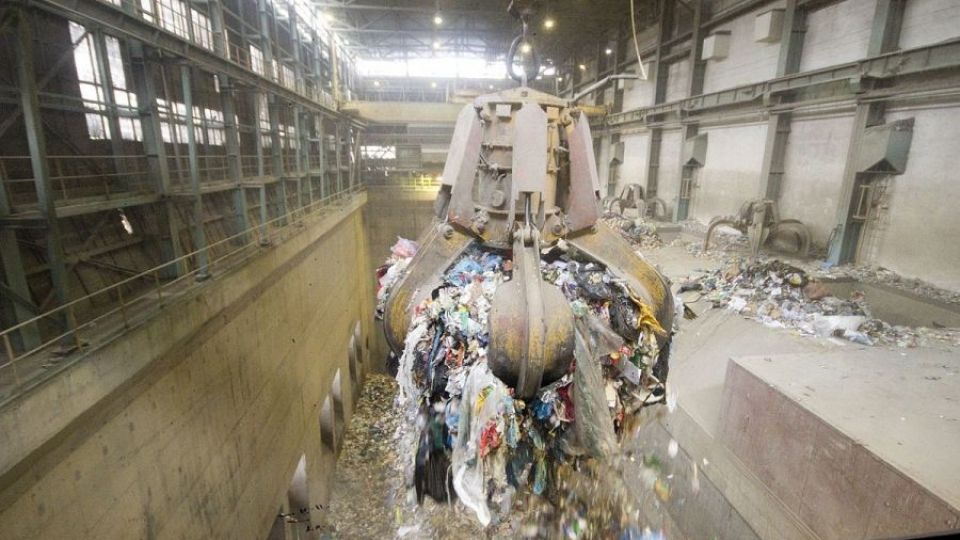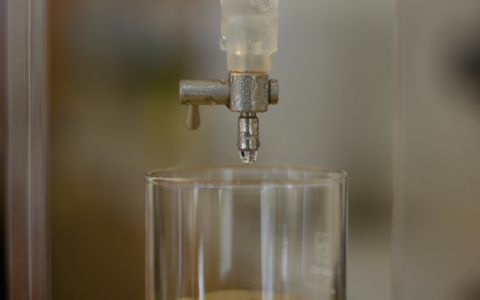The Minister of Environment, Richard Brabec, intends to sign a decree loosening conditions for utilisation of residual materials from waste incinerators for road construction and backfilling of underground utilities. From now on, it will be possible to use slag and bottom ash with higher contents of toxic substances, and, moreover, they will not be subjected to ecotoxicity testing, i.e., assessment of risks for the environment and animals. Thus, the Ministry enables enormous environmental contamination, with a false pretext of circular economy and promise of cheaper construction.
„We regard the attitude of the Ministry of Environment as a hazard for the environment and nature. The Ministry obviously aims to enable the incinerators to incinerate waste at full speed and mass-produce construction material that may be sold. It is another obstacle for recycling that is more environmentally-friendly. Let us learn from mistakes made by the Western European countries. For example, Denmark plans to close down a part of its incinerators, in order to meet the binding waste recycling rates in 2035“ says Jindřich Petrlík from Arnika.
In bottom ash and slag from incinerators, toxic substances accumulate, mainly chlorides, fluorides, sulphates, heavy metals, and many others. In spite of that, companies may get certification of the slag as a construction material, after meeting certain conditions, nowadays already. Then, the material ends in backfills of underground utilities and in embankments of roads and paths. The new decree loosens limits for leaching of hazardous substances (1), and simplifies utilisation of a more toxic material on a large scale. It may, for example, poison underground water. This concerns about 70 thousand tons of material solely from the Prague waste incinerator, and tens of thousand tons from other incinerators annually.
The Czech Republic has bad experience with use of slag from metallurgical plants in the building industry. The slag caused waviness of the D1 motorway near Ostrava, it raised the level of the ground under the shopping centre in the Ostrava district Svinov and under the hospital in Poruba.
„The new legislative regulation does not even allow for a publicly accessible register of places where slag and/or bottom ash have been used as construction materials. Such recording is functional in Western countries. On the one hand, it would simplify solution of the problems of damaged structures, and, on the other hand, people could easily find where places environmentally burdened with slag are located, before buying a plot of land or a house” says Sarah Ožanová from Arnika.
The whole problem is much bigger than it seems. Incineration of waste containing brominated flame retardants produces extremely toxic brominated dioxins, concentrations of which are not monitored in bottom ash and slag from incinerators at all. Hazardous substances endangering all living organisms should be prevented from releases into the environment. The above-mentioned decree, on the contrary, opens the way into the environment for them.







